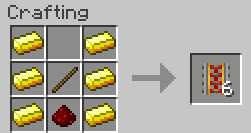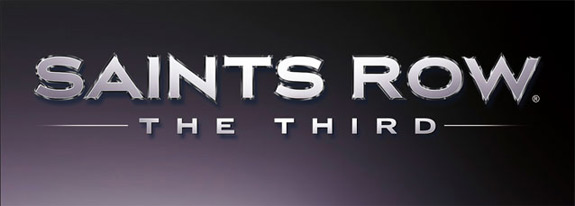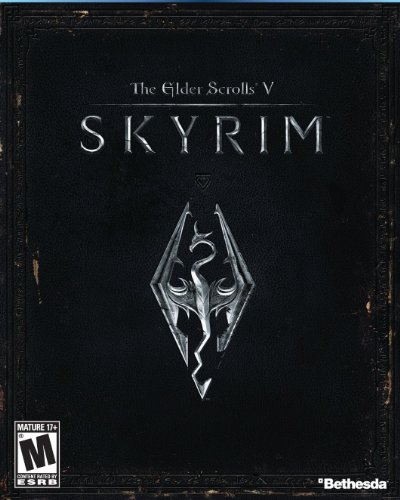

The Challenge: The term is role playing game, not roll playing game. As one can deduce, then, a large part of what makes these sorts of games different from others is that the players are taking on the roles of others. In an RPG, each player has a character that it plays the role of. Although a large part of character design lies in stats—the character’s ability to solve challenges in the game world—the very name of the game genre indicates that at least as important are the specifics of the character. Thus we have the second challenge in creating a balanced role playing game: the challenge of character detail.
This is to say, to get the most out of any role playing game, players have to be able to know who their characters are as much as what they can do. Physical appearance. Personality. History. Nature. These are all aspects of the character that the player can choose to help make his or her character more real.
But there is more to it than that. What happens when the character uses its abilities? Does it wield paired swords in a complex series of katas? Does it work long-forgotten spells it picked out of musty tomes? Does it utilize incredibly advanced alien technology?
Detail also plays a role in stats. How great is the warrior’s strength, the wizard’s knowledge, the cleric’s insight, or the rogue’s wisdom? What about the alien’s will, the robot’s items, or the pilot’s accuracy? How much can the barbarian lift? How far can the psychic teleport? How many soldiers make up the warlord’s army?
A role playing game that focuses only on the combat stats and abilities is leaving out much of what it means to be an RPG. Some might say that these things should be the player’s to decide. Well, yes, every bit as much as a player should be able to decide its skills and powers. However, this does not mean the player has free reign over every little detail. These things can matter in the game world. The designer, then, must take them into account and establish a firm base of rules for them.
The Risk: A slipshod job of details can lead to significant delays during the game as players try to figure out exactly what their characters can do. Sometimes it is important—even critically important—to know if your character can climb a certain wall, figure out a bit of lore, or teleport a given distance. If the referee of the game has to handle all these questions with ad hoc rulings, it will create an inconsistent world, which weakens the game.
However, it is also important not to put too much into your miscellaneous rules. This leads to complicated referencing for every action a character might need to take, and may also cause contradictory rules. Also, you want to avoid situations where it takes a long time to build every character. Some players may like to spend hours thinking about every little skill and ability their characters possess. Others do not.
The Solution: In QoTR, I found that the best way to go was with a rules base that can be easily applied to any situation, and that dovetails with the core creation process. I didn’t want to add extra steps to character creation unless they could be in a sense optional. The result is a broad-based system that can fit into a variety of situations, but relies on generally the same core rules for each, much as with the combat rules. It also opens up a number of possibilities for future supplements.
I use three main systems to classify details. For most of the truly miscellaneous details, there is a simple rule: describe your character how you want, provided it reflects your stats. Just because a player describes its character a certain way does not mean the character gets any advantages (or suffers any penalties, for that matter). So if a player makes a thirty-foot-tall, heavily muscled giant with a greatsword, for example, it had better select some offensive abilities.
For most non-combat actions, I use a system of attributes. Each preference (a group of related abilities) has two attributes tied to it, which the player can switch on character creation. The character’s attributes determine how effectively it handles non-combat challenges. This system allows for precise character details, but doesn’t require that the player spend extra time on attributes if it does not wish to, since it can just leave them tied to their nominal abilities.
However, most role playing games offer more than mere attributes and imaginative details. Special powers such as flight, telepathy, and water breathing are all common in many role playing game genres. QoTR uses a system of special ability groups much like (and tied to) preferences, with an ability point system for customization if the player doesn’t want to use the default selection. These abilities are broad-based, like much of the QoTR system, so players can tweak or fit them to any character type or genre.
Non-combat actions are an important part of role playing games, and no RPG is truly complete unless players are able to describe their characters. Any RPG designer would do well to focus intently on this part of the game design process. The best tactic I have found is to design a system detailed enough to cover any situation, but simple enough that it won’t bog down the game.
Copyright © 2006 Dustin Schwerman.
Dustin Schwerman has been playing RPGs for over a decade, using an analytical approach to critically evaluate the game systems (and so to create the most powerful characters he could get away with). He used the extensive experience gained doing so to create his own game, Quests of the Realm. QoTR focuses on unlimited character customization, relying on its author’s understanding to detect and counter game-breaking power plays. Though balanced, QoTR still allows players to create highly effective characters and run them through heroic story lines. To contact Dustin, read more of his writings, or learn more about Quests of the Realm, visit his web site, Quellian-dyrae.




 Games Vintage and New - Mount and Blade Warband, PC
Games Vintage and New - Mount and Blade Warband, PC Saints Row: The Third Cheat Codes for Mods, Vehicles, Weapons, Weather, Civilians, and More!
Saints Row: The Third Cheat Codes for Mods, Vehicles, Weapons, Weather, Civilians, and More! The Elder Scrolls IV: Oblivion Plugin Knights of the Nine Revelation Walkthrough Maps
The Elder Scrolls IV: Oblivion Plugin Knights of the Nine Revelation Walkthrough Maps Pokemon X & Y Guide: Pokemon in Route 7 - Reviere Walk - GamersHeroes
Pokemon X & Y Guide: Pokemon in Route 7 - Reviere Walk - GamersHeroes Resident Evil 6 Guide: Chris Chapter 4 Serpent Emblem Location Guide
Resident Evil 6 Guide: Chris Chapter 4 Serpent Emblem Location Guide